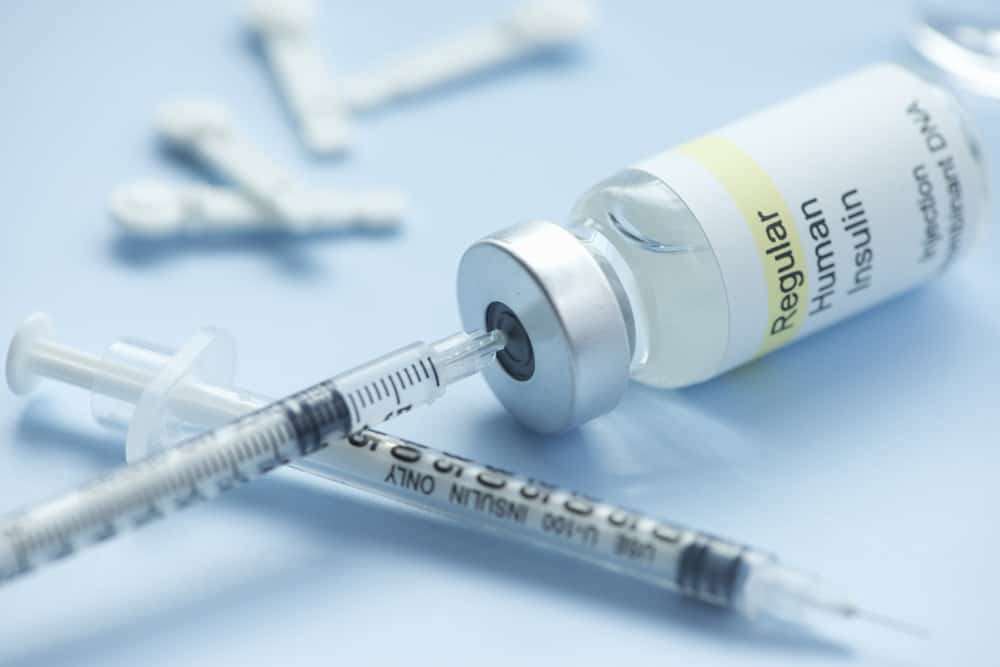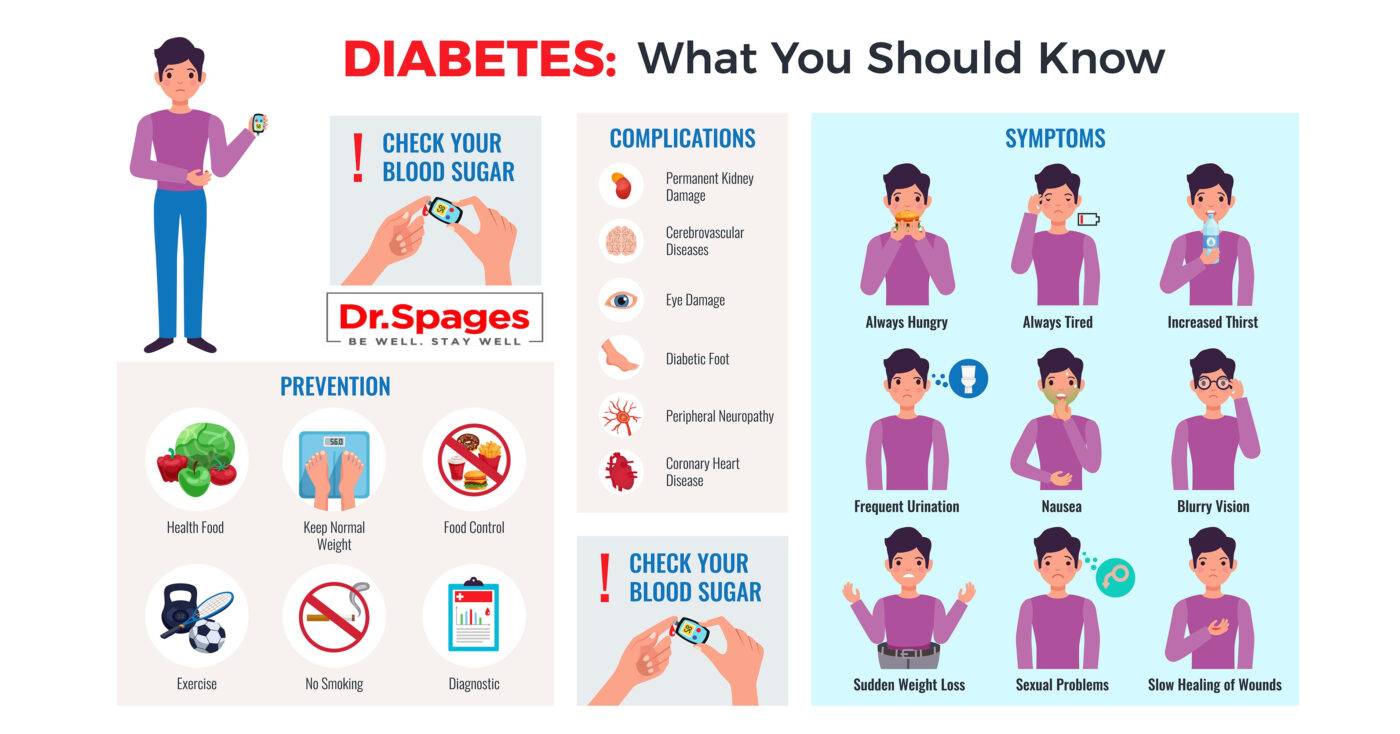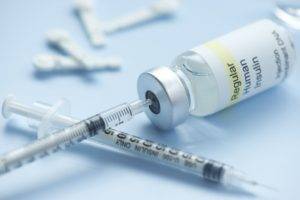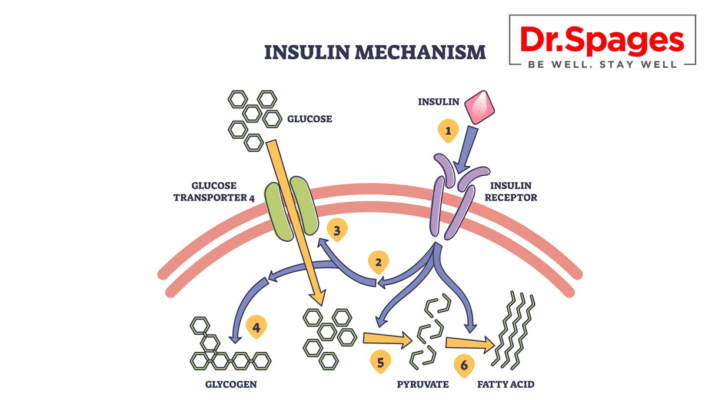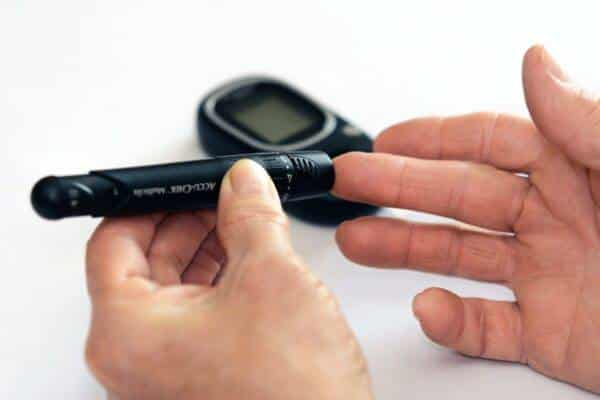At What Blood Sugar Level Does the Damage Begin

At What Blood Sugar Level Does the Damage Begin
A crucial part of our body’s metabolism is blood glucose, also referred to as blood sugar. It provides cells and tissues with their main source of energy. However, when blood sugar levels are persistently higher than usual, it can cause a number of health issues, particularly in the case of diabetes. We will thoroughly explain the thresholds at which damage from high blood sugar levels can start, the variables affecting these thresholds, and the significance of early detection and care.
Dr Spages Adrenal Balance Supplement
Individuals can enhance their adrenal health and restore vitality by utilizing Dr. Spages’ Adrenal Balance Supplement. Crafted by the esteemed wellness specialist, Dr. Spages, this potent combination of natural components operates harmoniously to nurture and harmonize their adrenal glands, enabling them to confront stress, boost energy, and foster overall wellness.
Understanding Blood Sugar Levels
Before delving into the thresholds for potential damage, it’s essential to understand the normal range of blood sugar levels and how they are measured:
– Fasting Blood Sugar (FBS): This measurement is taken after an overnight fast and is considered a baseline indicator of blood sugar control. In most cases, fasting blood sugar levels below 100 milligrams per deciliter (mg/dL) are considered normal.
– Postprandial Blood Sugar (2 Hours After a Meal): After eating, blood sugar levels typically rise as the body digests and absorbs carbohydrates from the meal. In a healthy individual, postprandial blood sugar levels generally return to baseline levels (usually below 140 mg/dL) within two hours after eating.
Prediabetes and Diabetes
Prediabetes and diabetes are conditions characterized by elevated blood sugar levels:
– Prediabetes: This is a condition where blood sugar levels are higher than normal but not yet high enough to be classified as diabetes. A fasting blood sugar level between 100 and 125 mg/dL is indicative of prediabetes.
– Diabetes: Diabetes is diagnosed when fasting blood sugar levels reach 126 mg/dL or higher on two separate occasions. An HbA1c level (a measure of average blood sugar over the past 2-3 months) of 6.5% or higher is also used to diagnose diabetes.
The Threshold for Potential Damage
The threshold at which blood sugar levels can begin to cause damage to the body varies from person to person and depends on several factors, including:
Duration of Elevated Blood Sugar:
Damage is more likely to occur when blood sugar levels remain consistently elevated over an extended period. Short-term spikes in blood sugar, such as those after a high-carbohydrate meal, typically do not cause lasting harm.
Genetics:
Individual genetics can influence a person’s susceptibility to the harmful effects of high blood sugar. Some people may develop complications at lower blood sugar levels than others.
Overall Health:
The presence of other health conditions, such as hypertension, high cholesterol, or obesity, can increase the risk of complications at lower blood sugar levels.
Age:
Age plays a role in the development of complications. Older individuals may be more susceptible to the effects of high blood sugar.
Lifestyle Factors:
Diet, physical activity, and other lifestyle factors can significantly impact the risk of complications. A healthy lifestyle, including a balanced diet and regular exercise, can help mitigate the effects of high blood sugar.
Type of Complication:
The specific type of complication also affects the threshold for damage. Some organs and systems are more sensitive to high blood sugar levels than others.
Let’s explore how high blood sugar levels can affect various organs and systems in the body:
Organs and Systems Affected by High Blood Sugar Levels
- Cardiovascular System:
– Atherosclerosis: Chronic hyperglycemia can damage the inner lining of blood vessels (endothelium) and promote the buildup of fatty deposits, leading to atherosclerosis. This condition narrows and hardens the arteries, increasing the risk of heart disease, heart attacks, and strokes.
– Hypertension: High blood glucose levels can contribute to high blood pressure (hypertension), which is a significant risk factor for cardiovascular disease. It can strain the heart and increase the risk of heart attacks and strokes.
- Kidneys:
– Diabetic Nephropathy: Prolonged hyperglycemia can damage the small blood vessels in the kidneys, leading to a condition called diabetic nephropathy. Over time, this can impair kidney function and may progress to chronic kidney disease (CKD) or end-stage renal disease (ESRD) if not managed properly.
- Eyes:
– Diabetic Retinopathy: High blood glucose levels can damage the blood vessels in the retina, the light-sensitive tissue at the back of the eye. This condition is known as diabetic retinopathy and is a leading cause of blindness in adults. It can cause vision problems and, in severe cases, result in blindness if left untreated.
- Nerves (Neuropathy):
– *Peripheral Neuropathy:* Elevated blood glucose levels can harm the peripheral nerves, causing peripheral neuropathy. This condition often leads to numbness, tingling, pain, and weakness in the extremities, particularly the feet and legs. It can affect balance and coordination, increasing the risk of falls and injuries.
– Autonomic Neuropathy: High blood sugar can also damage the autonomic nerves that control vital functions such as heart rate, blood pressure, digestion, and bladder function. This can result in a range of symptoms, including irregular heart rhythms, digestive problems, and difficulty regulating blood pressure.
It’s essential to recognize that hyperglycemia affects multiple organ systems in the body, and the damage can be progressive. Managing blood sugar levels effectively through lifestyle changes, medication, and regular medical monitoring is critical in preventing or slowing down the progression of diabetes-related complications.
Furthermore, high blood glucose levels can also impact the liver, contributing to fatty liver disease, and affect the skin, leading to conditions like diabetic dermopathy or diabetic foot ulcers. The negative effects of hyperglycemia highlight the importance of early diabetes diagnosis, regular medical check-ups, and a comprehensive approach to diabetes management, including a healthy diet, physical activity, and medication as prescribed by healthcare professionals.
The Importance of Early Detection and Management
Early detection and management of high blood sugar levels are crucial in preventing or delaying the onset of complications. Regular monitoring of blood sugar levels, especially for individuals at risk of diabetes or with prediabetes, can help identify issues and allow for timely intervention.
Furthermore, a comprehensive approach to diabetes management should include:
– Lifestyle Modifications: Adopting a balanced diet, engaging in regular physical activity, achieving and maintaining a healthy weight, and managing stress are essential components of managing blood sugar levels.
– Regular Medical Check-ups: Regular visits to a healthcare provider are essential for monitoring overall health, assessing complications, and adjusting treatment plans as needed.
Conclusion
The threshold at which blood sugar levels can begin to cause damage varies among individuals and depends on various factors, including genetics, overall health, and the specific organ or system involved. However, it is generally agreed that prolonged hyperglycemia above normal levels, as seen in diabetes and prediabetes, significantly increases the risk of complications affecting the heart, kidneys, eyes, nerves, and other organs.
Early detection,effective management, and lifestyle modifications play a pivotal role in preventing or slowing down the progression of diabetes-related complications. Diabetes management should be individualized, taking into account a person’s unique health profile and risk factors. By maintaining blood sugar levels within a healthy range and addressing potential complications proactively, individuals with diabetes can lead healthier lives and reduce the risk of long-term damage to their organs and systems.
Please Note: The diet and watching carbs DOES NOT fix the root issues that make blood sugar go up.

